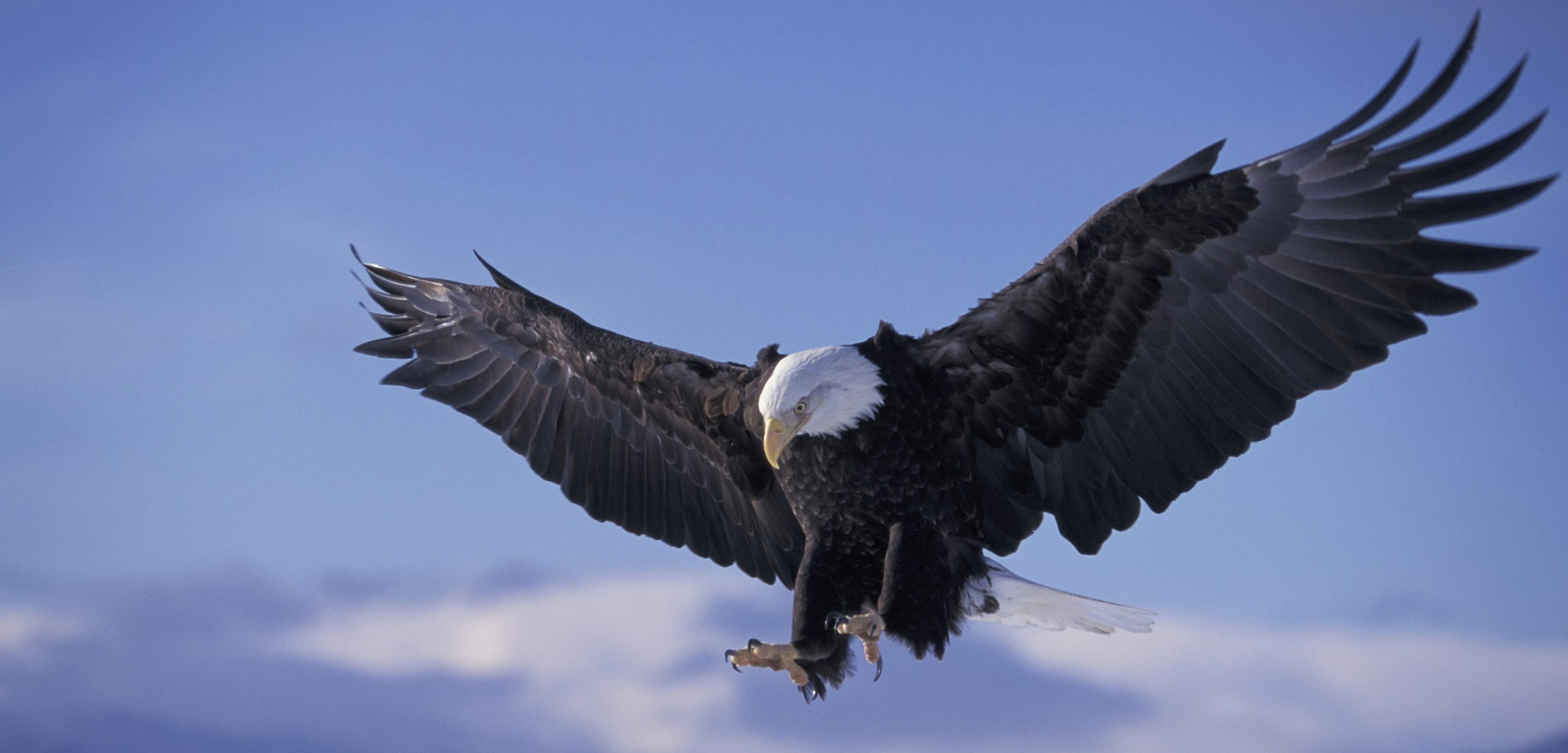Stories from the Seven Seas
A way to catch up on this week’s coastal stories.
Article body copy
Hakai Magazine is all about the coast, but other outlets sometimes share our fascination. Every week on Strand we round up our favorite coastal stories from around the web.
Stop expecting the worst, conservation biologists say
by Sarah DeWeerdt for Conservation Magazine
“The story of biodiversity conservation often reads as a litany of dashed hopes and lowered expectations: more habitat destroyed, more factors like toxic chemicals and climate change emerging to compound threats, more species sliding toward extinction. But a new study by researchers from the University of Vermont and Duke University points out that there’s good news from the realm of species conservation too, and a lack of attention to conservation successes can actually trigger new problems.“
A farm that floats on water could help solve global food shortage
by Gareth May for Vice
“Developed in ancient times by the 14th century, Aztecs had turned most of the Lake of Xochimilco into one big floating garden, which allowed them to support up to 230,000 people. Some Chinampas still exist today.
‘This is not science fiction. It is a serious and viable solution,’ Ponce says. ‘It is not meant to ‘solve’ all of humanity’s hunger problems or to replace existing traditional agriculture; this is not the idea at all. The driver behind the project is to open a new initiative which can be complementary and compatible with other existing production methods in order to help reduce food risk associated problems in different areas of the globe.’”
A race to Alaska: no motors, but no limits on imagination
by Kirk Johnson for The New York Times
“‘Part of what’s intriguing about this race to people is that it’s a riddle,’ said Jake Beattie, the executive director of the Northwest Maritime Center, a nonprofit group here that came up with the idea of the race and organized it. ‘The rules match no other form that’s out there,’ he added. ‘We want to demonstrate human capability.’”
Talk about going belly up: plans to scare away sea lions with fake orca capsizes
by the Associated Press
“The sea lion population has increased dramatically in recent decades. The animals are protected under the Marine Mammal Protection Act, but the law includes provisions allowing for deterrence of the sea lions to protect private property.
…An effort to use a fake, life-sized orca to scare off hundreds of sea lions crowding docks off the Oregon coast ended, at least temporarily, Thursday night with the fiberglass creature belly-up after it was swamped by a passing ship.”
Blue ocean
by the United Nation’s Institute for Sustainable Development and International Relations (IDDRI)
Blue energy: how mixing water can create electricity
by Philip Ball for BBC Future
“Blue energy was first proposed in 1954 by a British engineer named R E Pattle. It is sometimes called ‘osmotic power’, because it exploits the phenomenon of osmosis. To understand how this works, picture two solutions of water with different concentrations of a dissolved substance like salt. If these two solutions are separated by a thin ‘semi-permeable’ membrane that lets water through but not salt ions, then water will naturally pass from the less- to the more-salty side. The flow of water across the membrane builds up pressure on one side that can be used to drive turbines and generate power.”
World’s first ice-breaking tanker ships will plough through Arctic route
by Matt Jancer for Popular Science
“Daewoo Shipbuilding and Marine Engineering is building the world’s first icebreaker tankers—16 of them—to carry liquid natural gas (LNG) through the route year-round. LNG tankers today have to be escorted by icebreaking ships that clear the way through the Northern Sea Route.”

